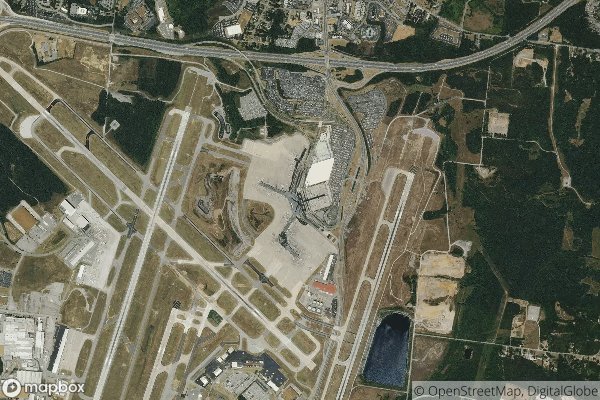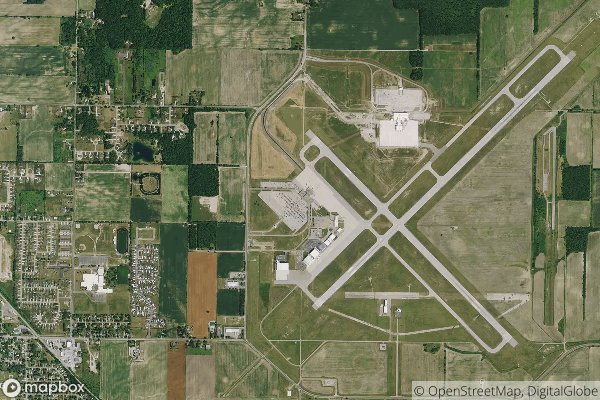| Code | ADK/PADK |
| Name | Adak Airport |
| Location | Adak Island, Alaska, USA |
| Major City Served | Adak |
- See here the complete List Of All Airports In United States with Codes.
Understanding ADK/PADK Airport Code (Structure of Airport Codes, Challenges and Confusions)
Airport codes are a crucial part of the aviation industry, serving as unique identifiers for airports around the world. The codes are typically three-letter combinations that help pilots, air traffic controllers, and passengers quickly identify specific airports. One such airport code is ADK/PADK, which refers to the Adak Airport in Alaska.
The structure of airport codes follows a set of guidelines established by the International Air Transport Association (IATA) and the International Civil Aviation Organization (ICAO). The codes are designed to be unique and easily recognizable, often derived from the airport’s name, city, or location. However, the process of assigning airport codes can sometimes be challenging, leading to confusion and overlapping codes.
Decoding ADK/PADK Airport Code
Decoding airport codes can be a fascinating exercise for aviation enthusiasts. The ADK/PADK code specifically refers to the Adak Airport, located on Adak Island in Alaska. The “ADK” portion of the code is the IATA code, while “PADK” is the ICAO code. These codes are essential for flight planning, air traffic control, and airline operations.
Operational Significance
The ADK/PADK airport code plays a significant role in aviation operations. Pilots use the code to file flight plans, communicate with air traffic control, and identify their destination or departure point. Airline operators rely on the codes for scheduling, ticketing, and managing their route networks. Additionally, air traffic controllers use the codes to track flights, issue clearances, and maintain safe and efficient air traffic flow.
History of Airport Codes
The history of airport codes dates back to the early days of commercial aviation. In the 1930s, airlines began using two-letter codes to identify their various routes. As air travel expanded globally, the need for a standardized system of airport codes became apparent. In 1947, the IATA introduced the three-letter airport code system that is still in use today.
Understanding the structure and significance of airport codes, such as ADK/PADK, is essential for anyone involved in the aviation industry. Whether you’re a pilot, air traffic controller, or a passenger, knowing how to decipher and use these codes can enhance your understanding of the complexities of air travel.



